Experience
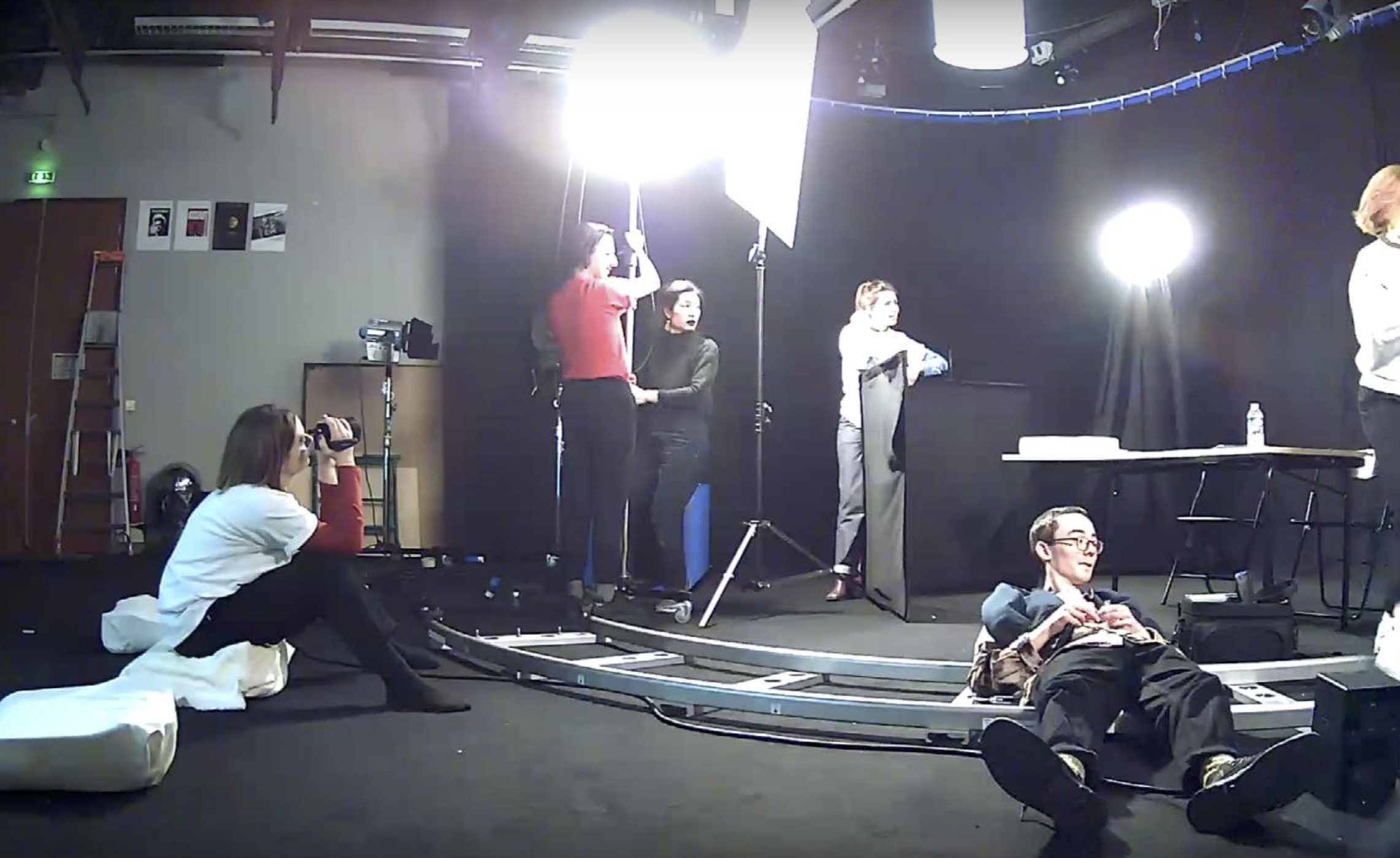

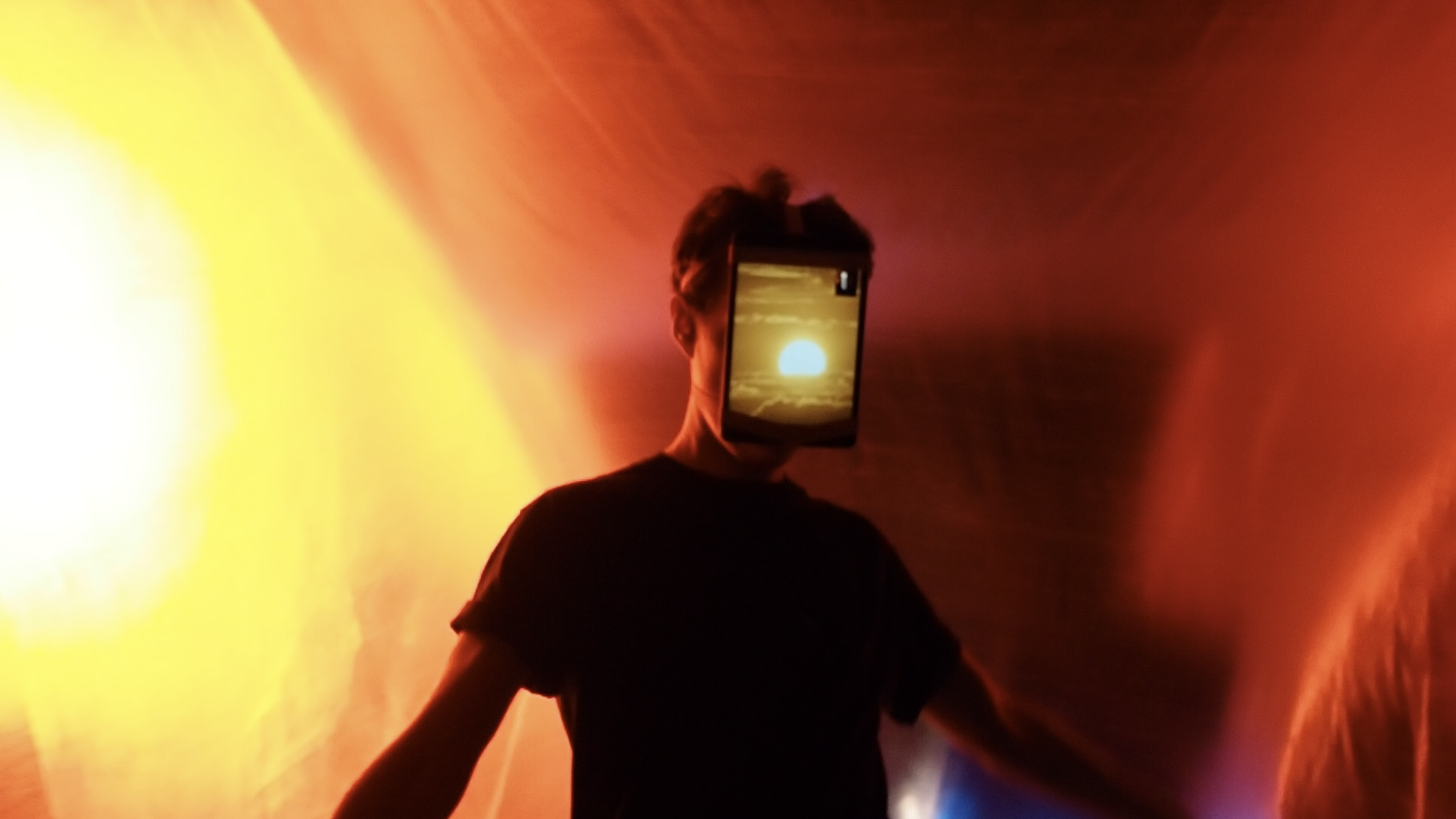
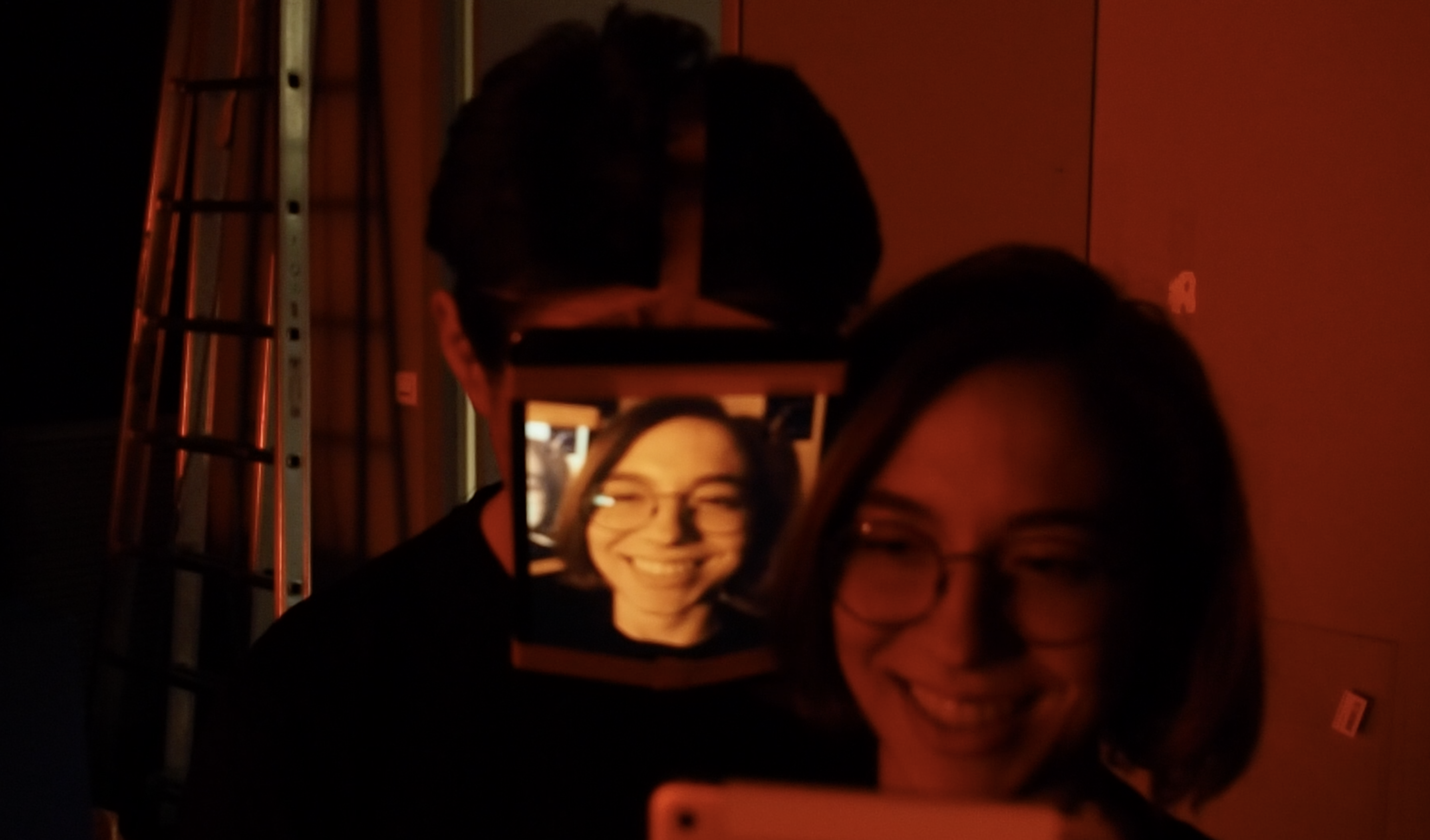
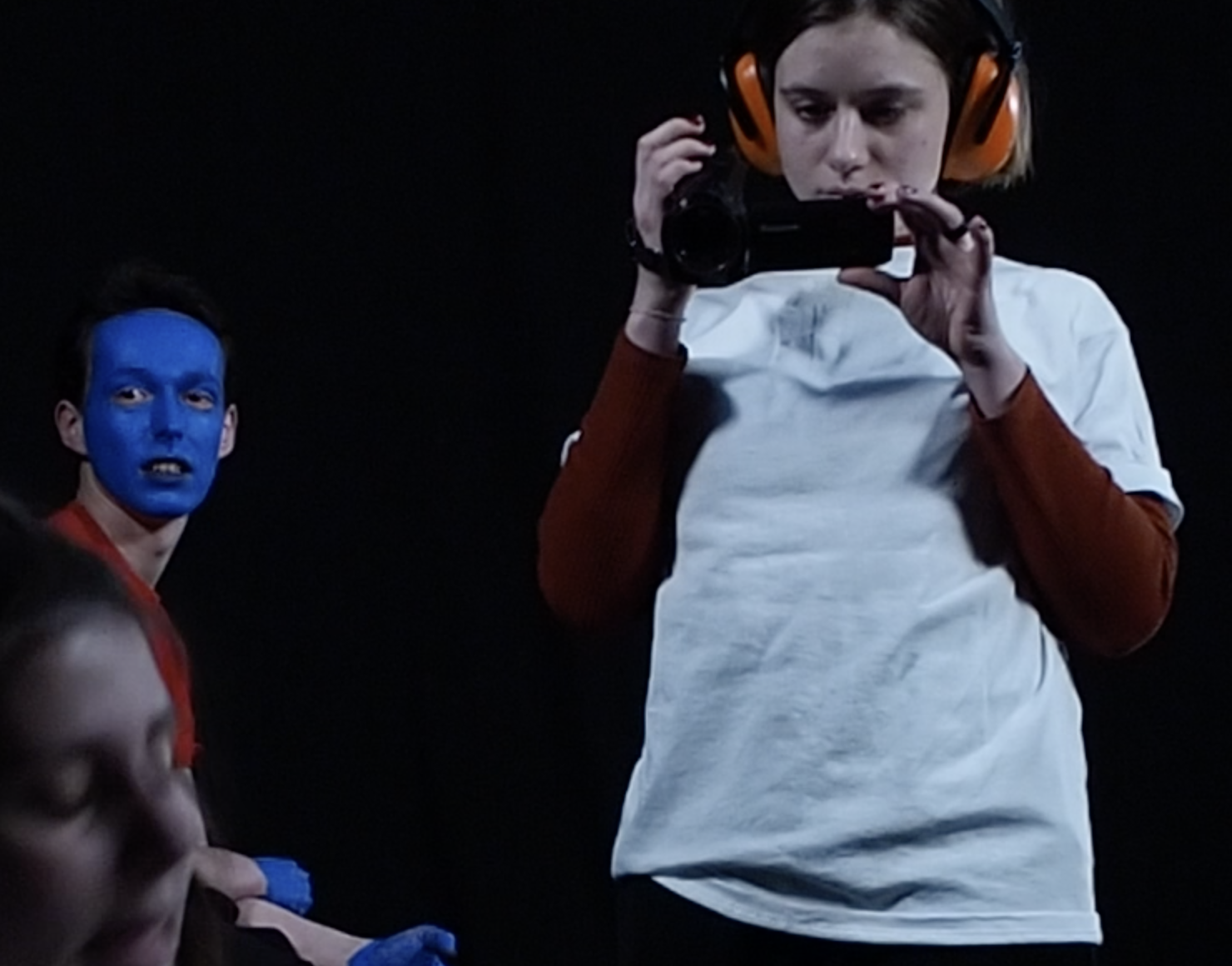

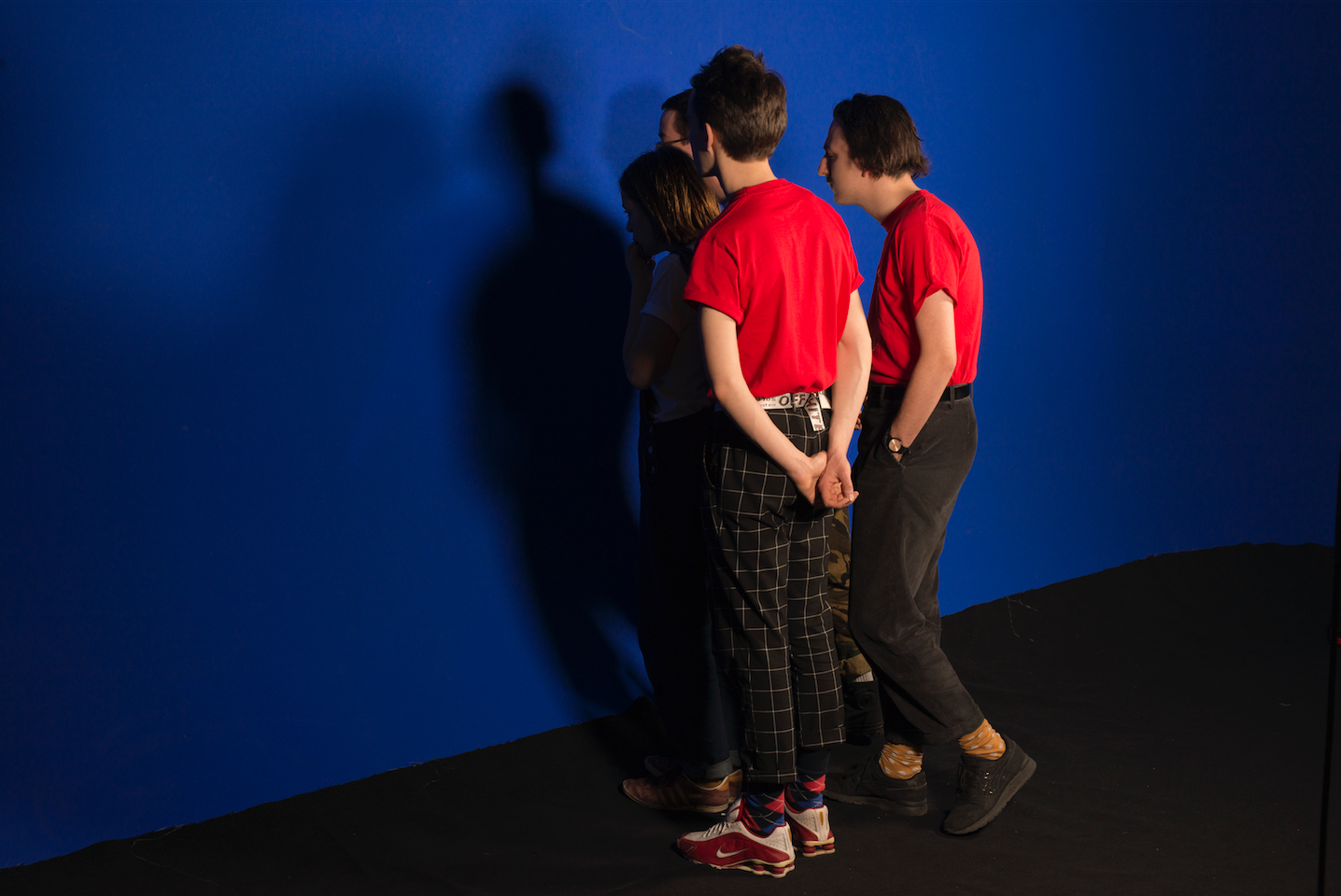


Reconstitution
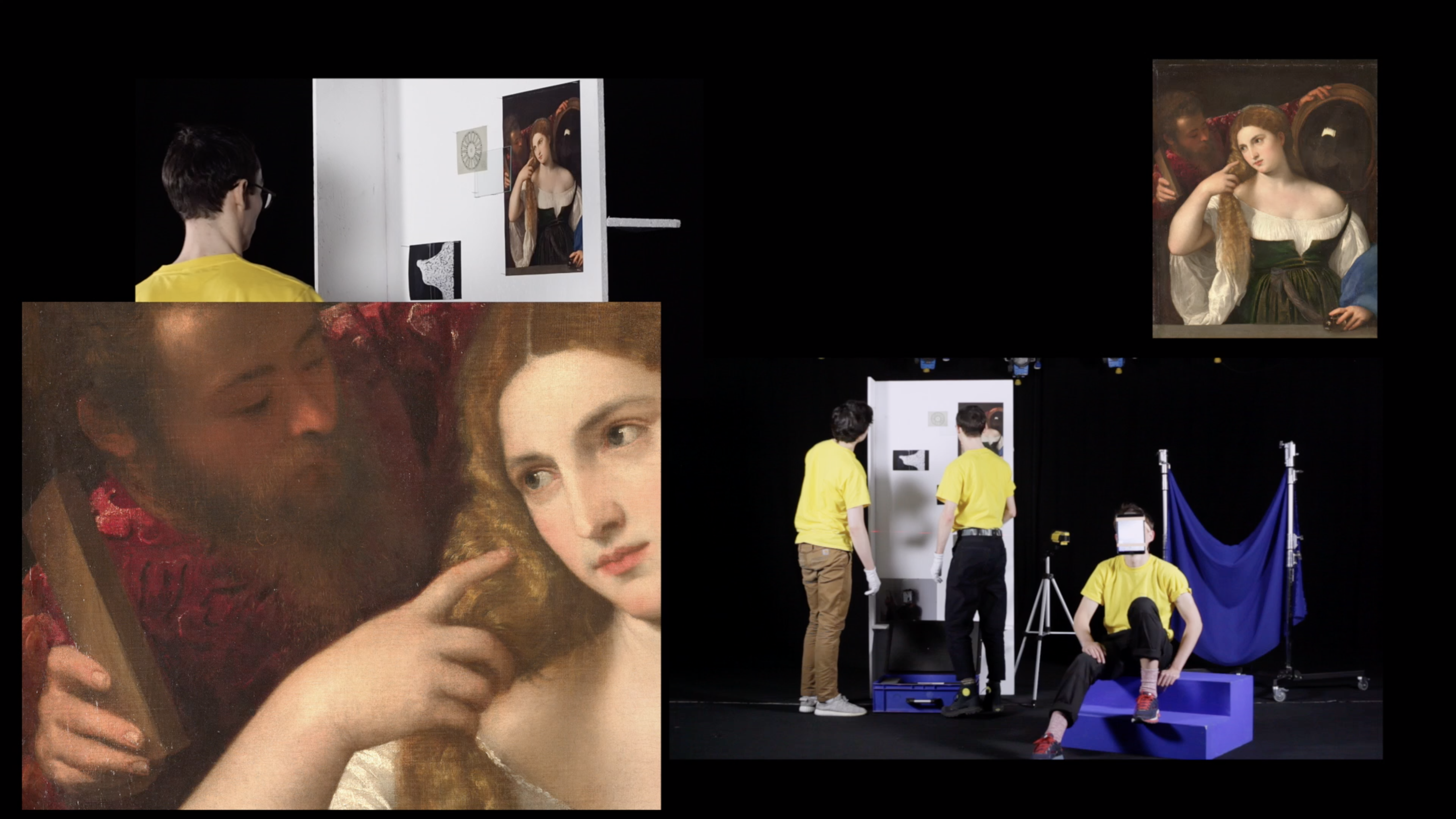







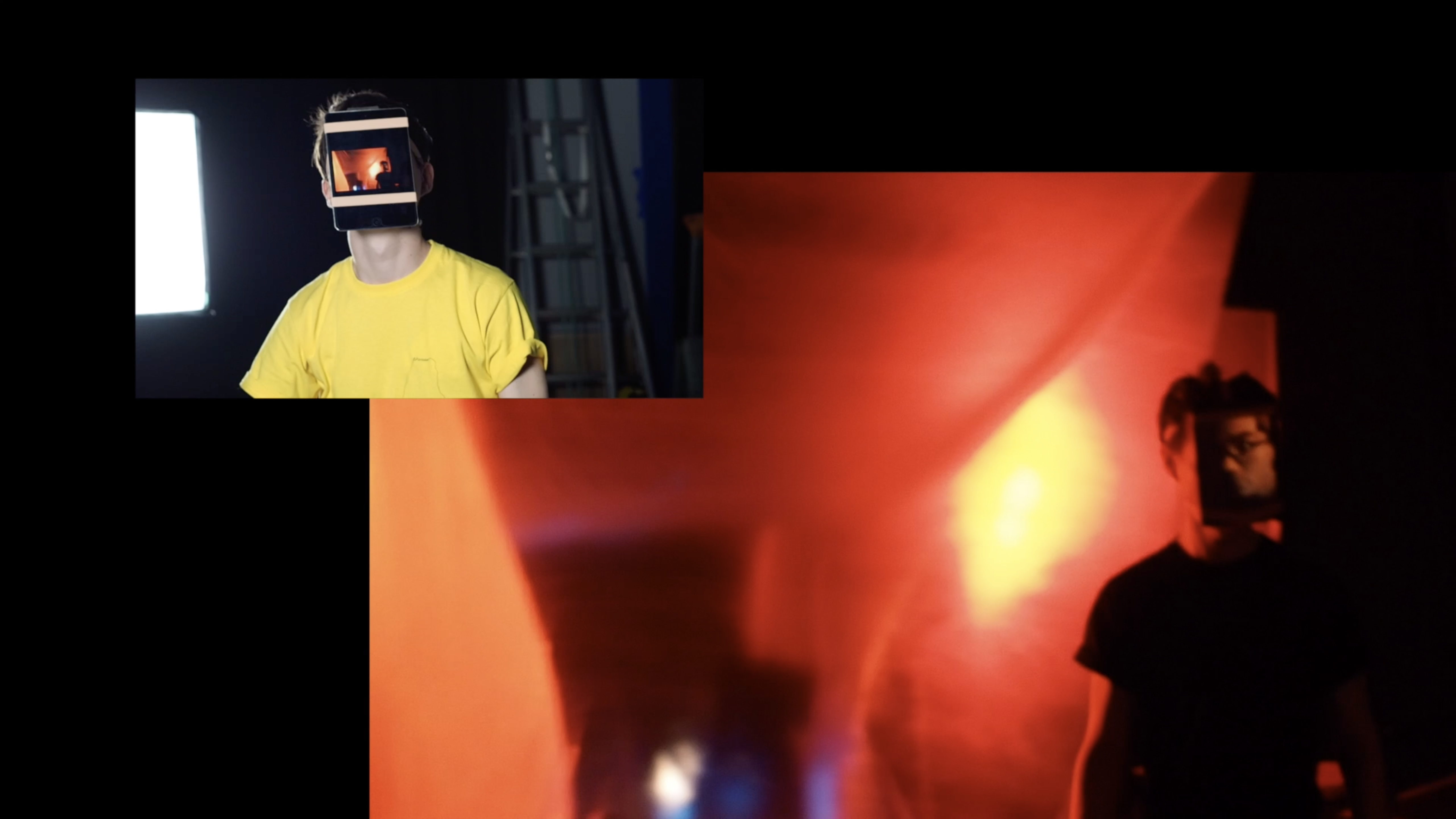

Diploma

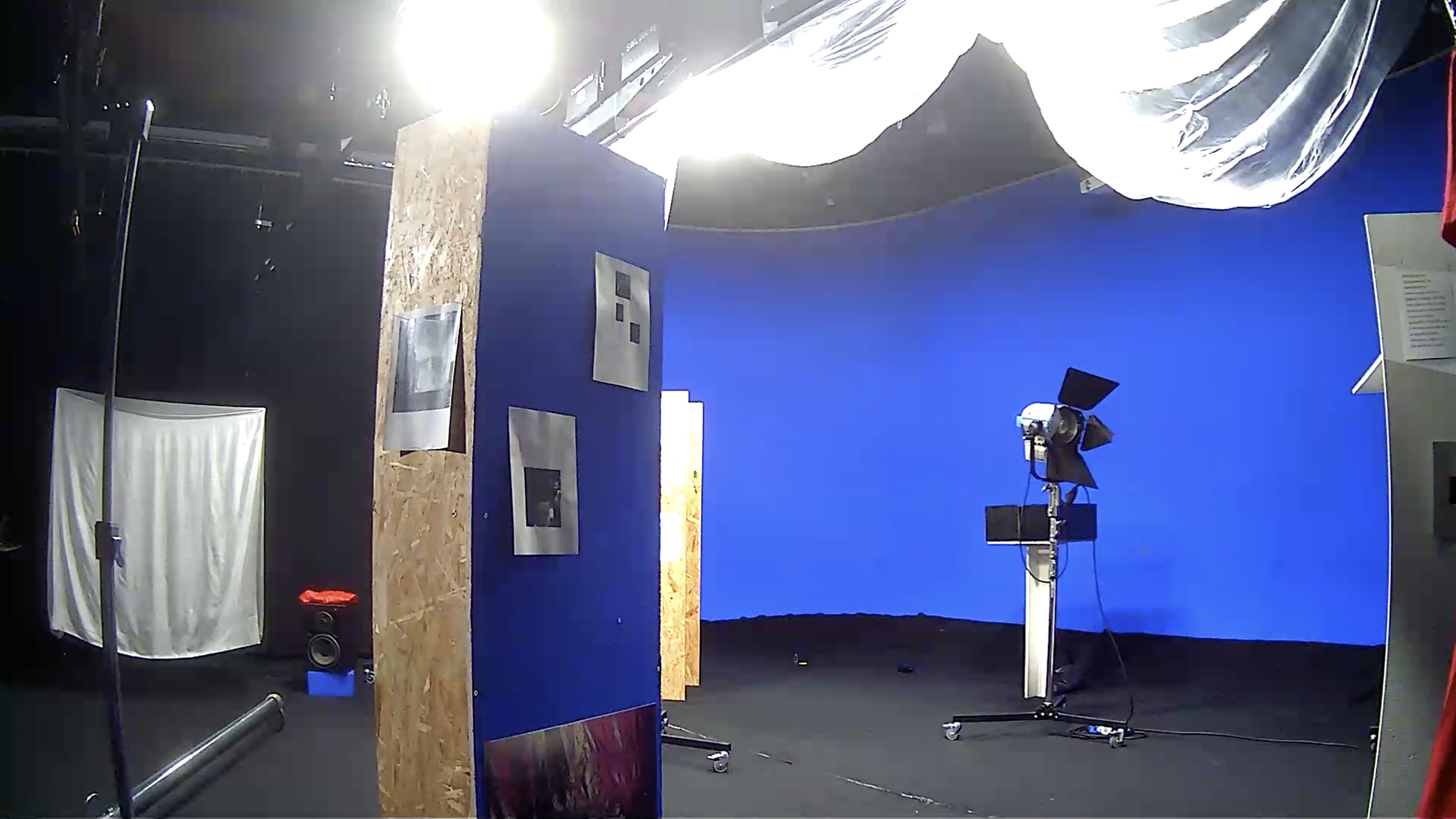




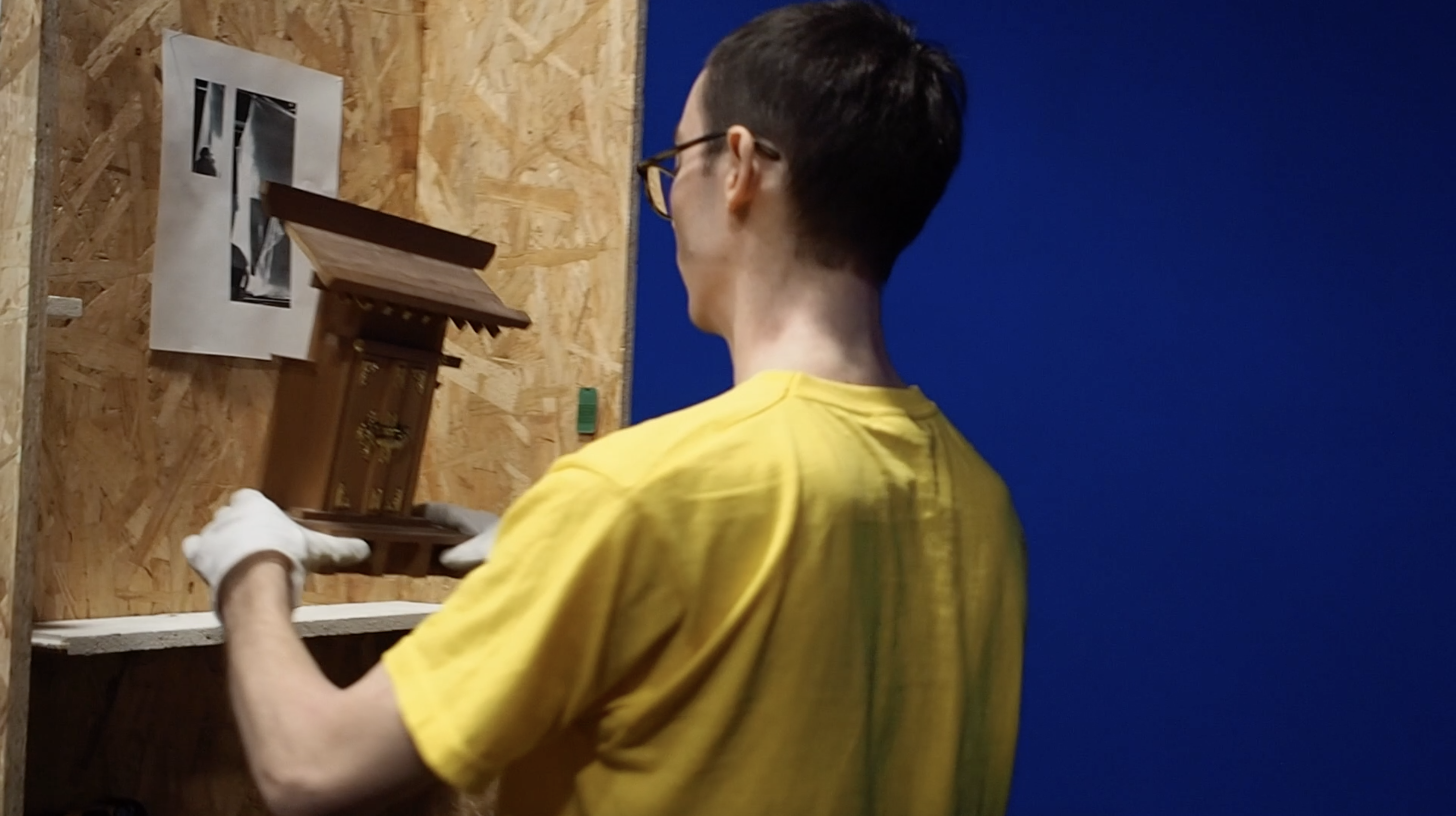






Anniversary
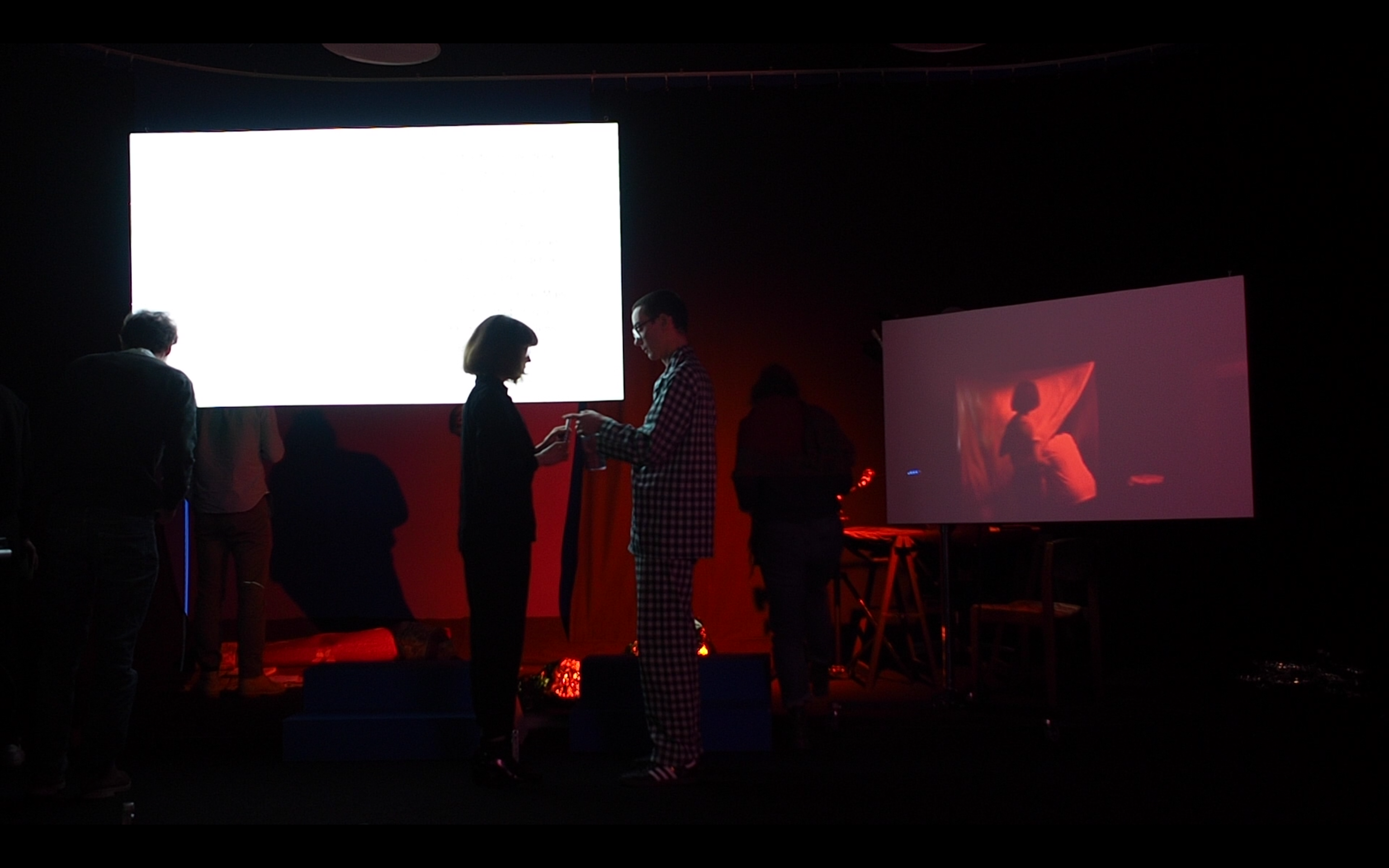


Conferences
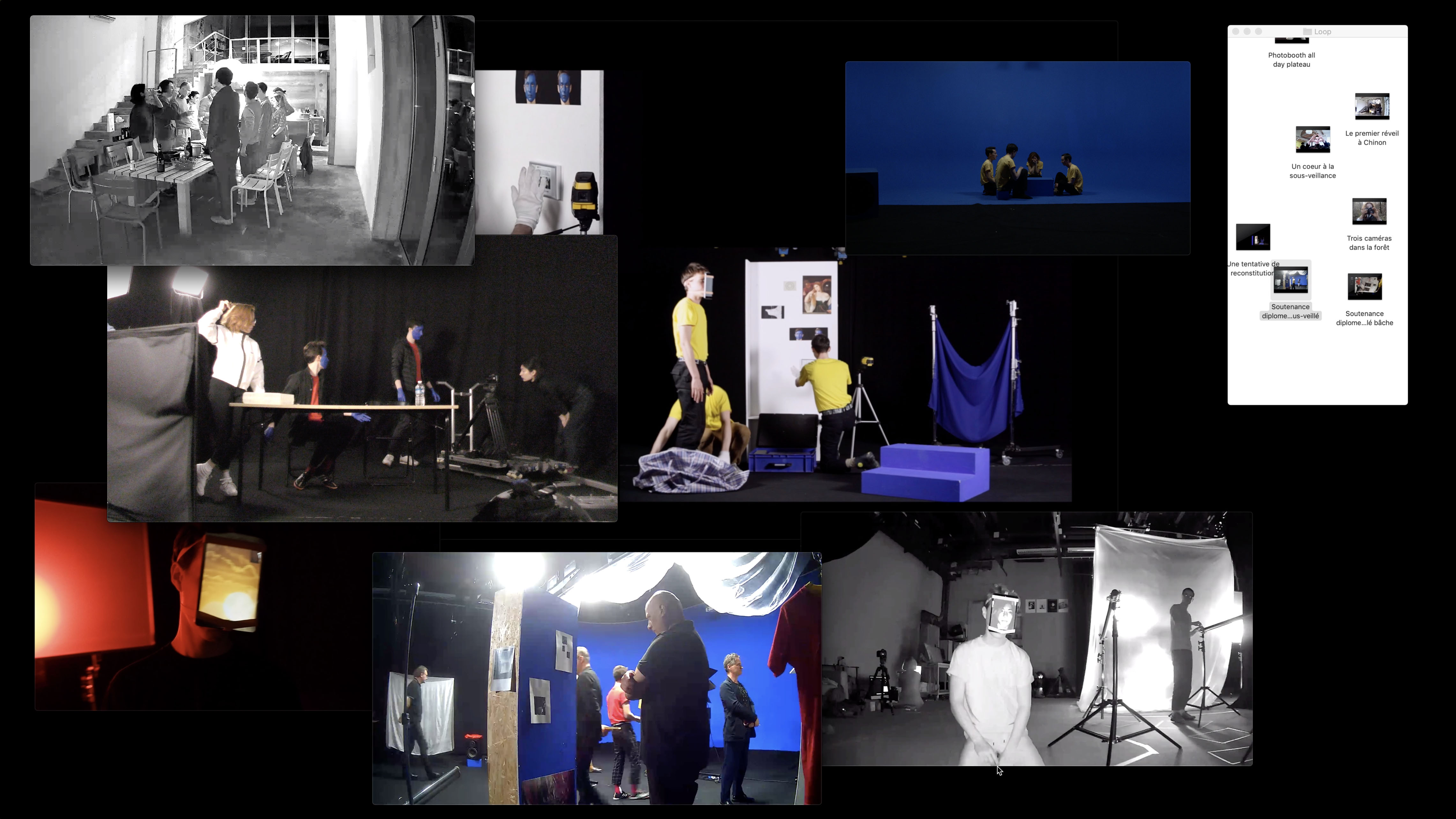
Décor, fondation Ricard

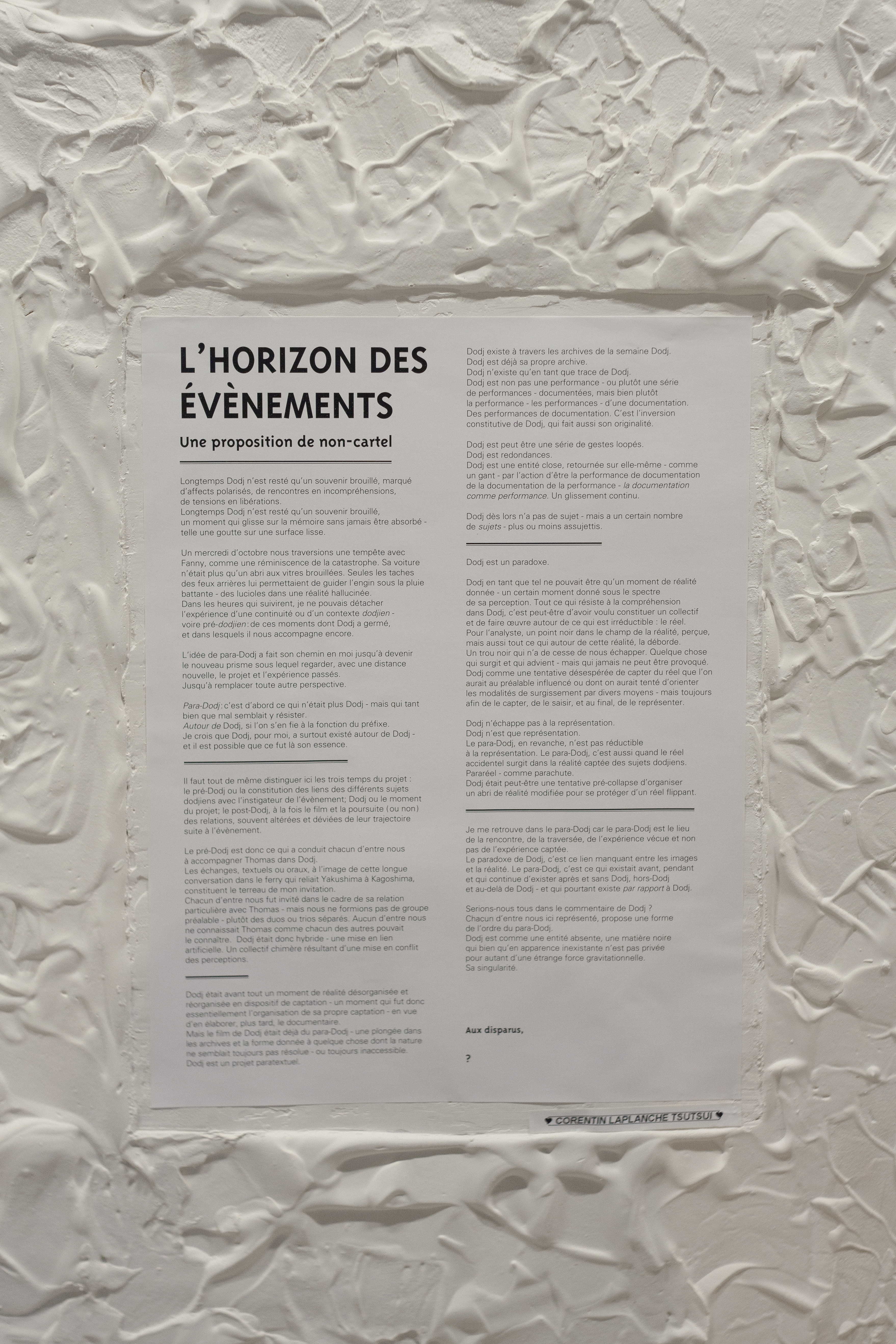

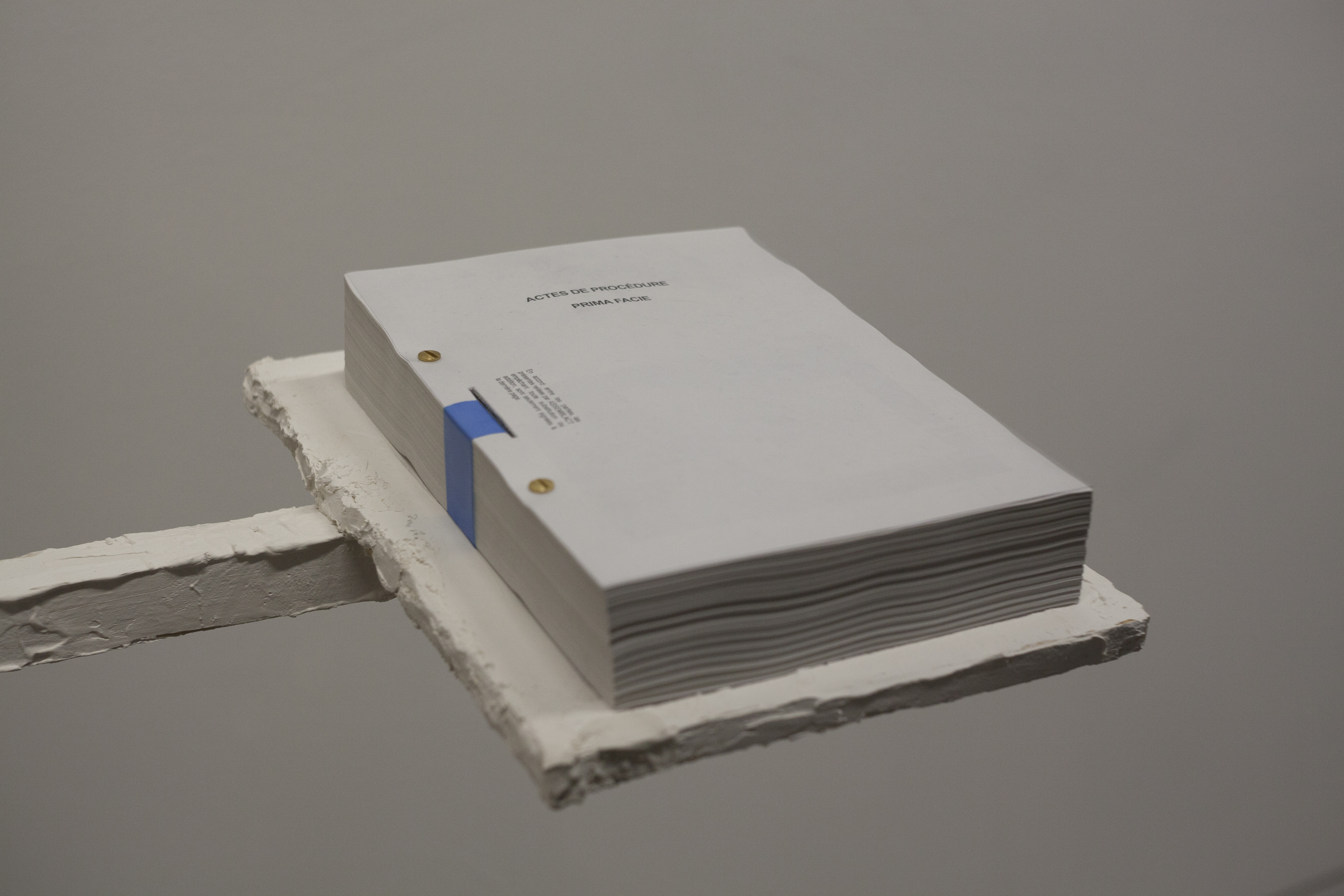
In Vivo, National Superior Photography School, Arles
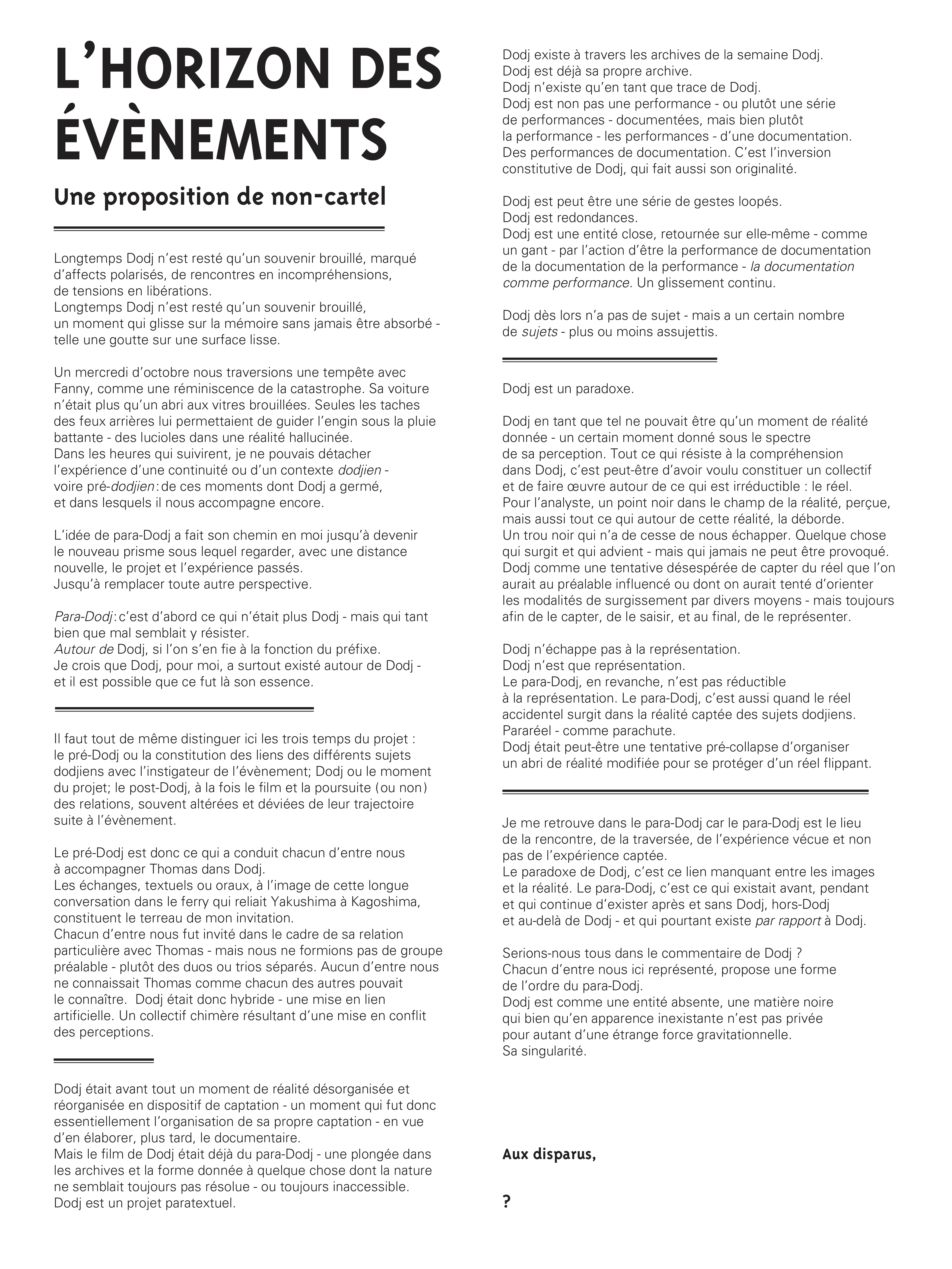
Film, Connection Lost



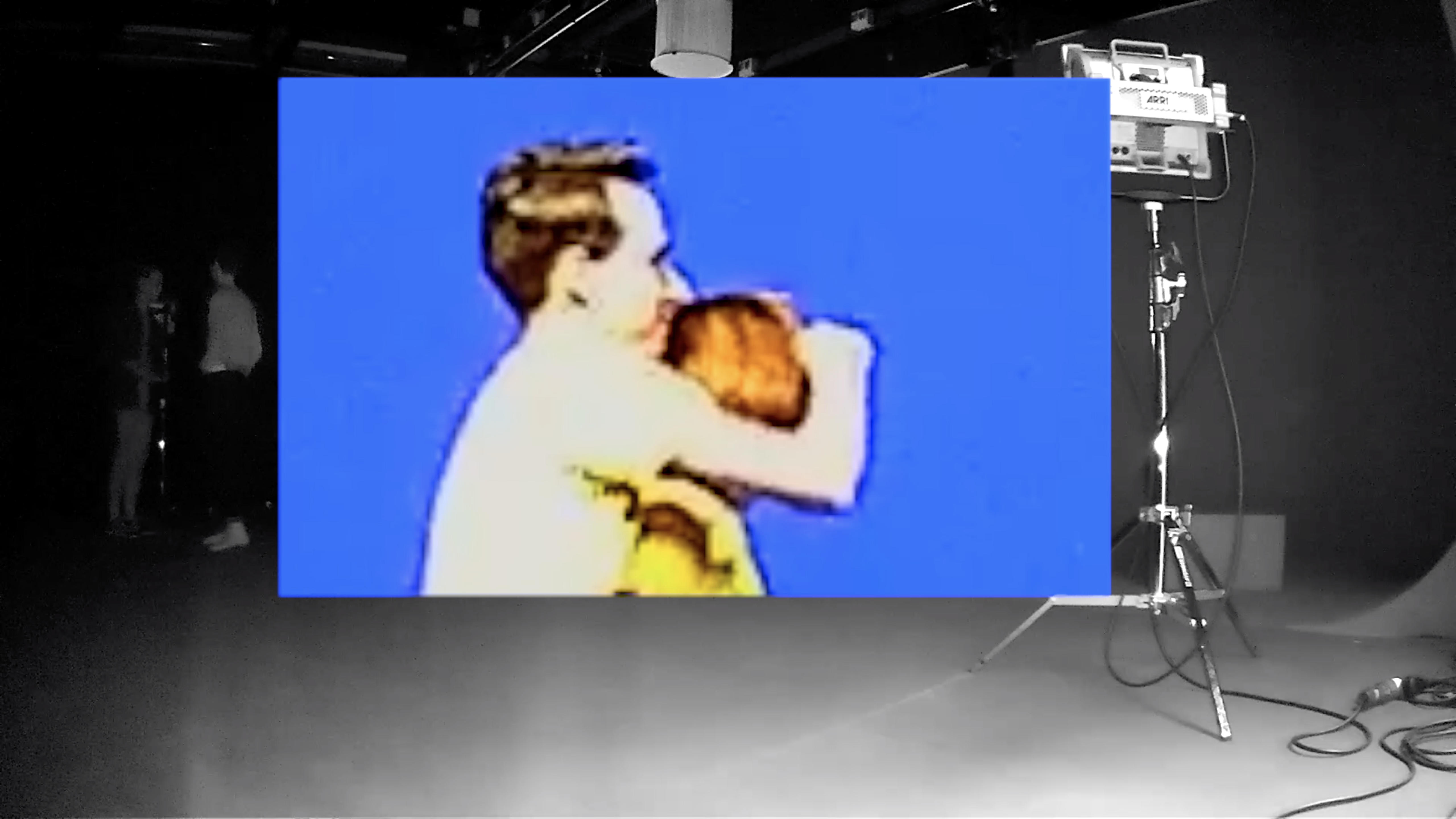
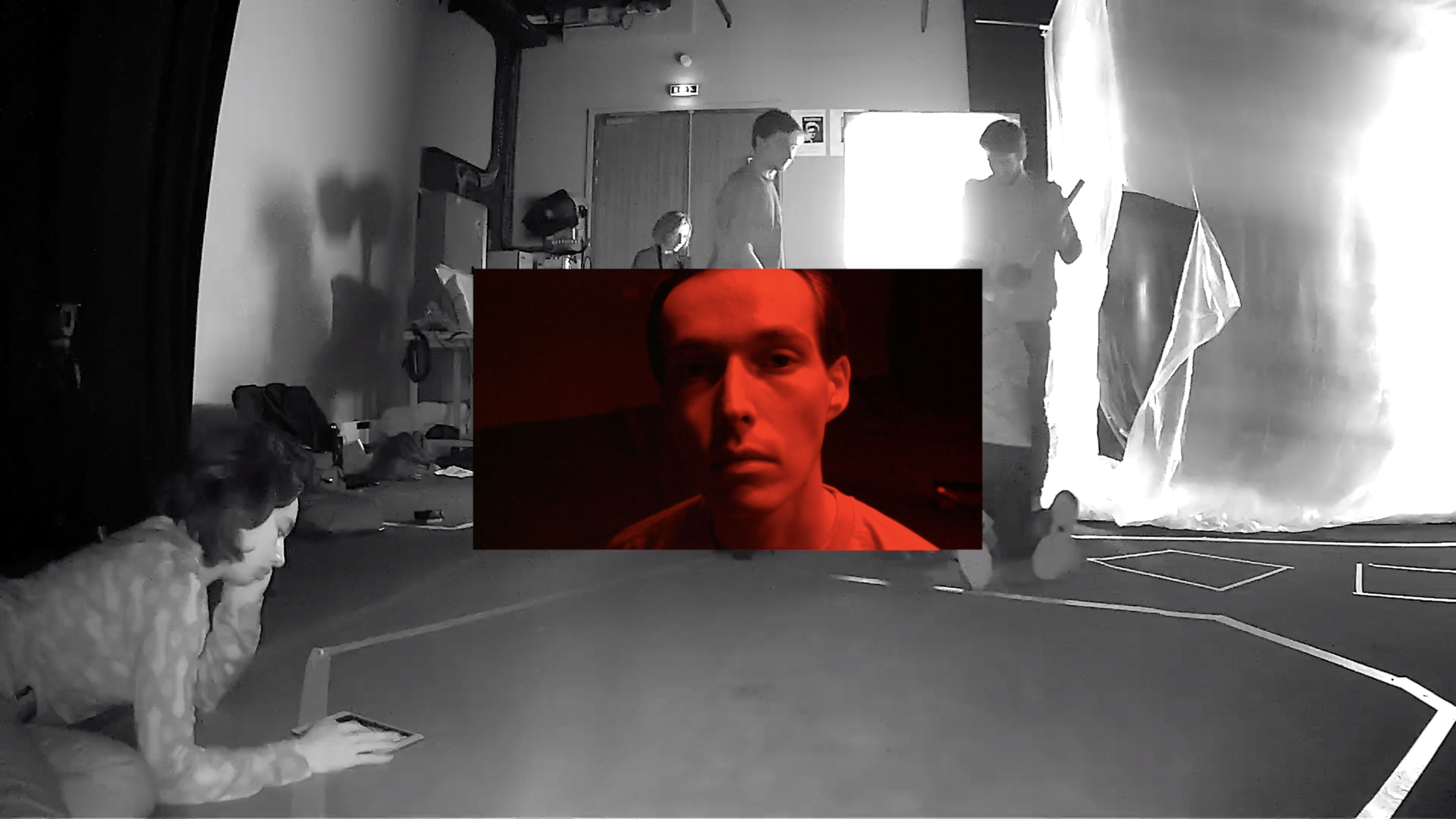



Performance - activation

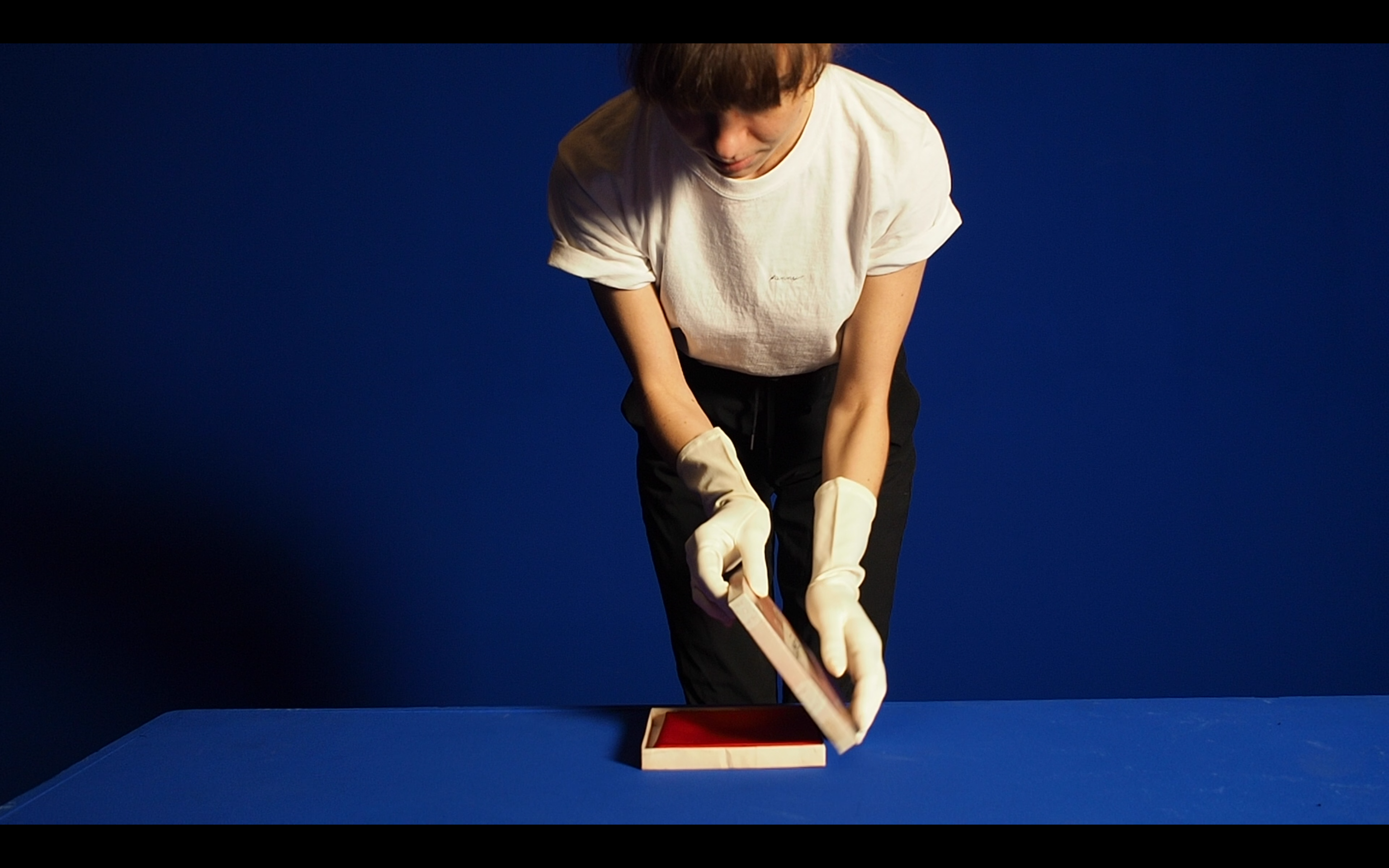









H-pad
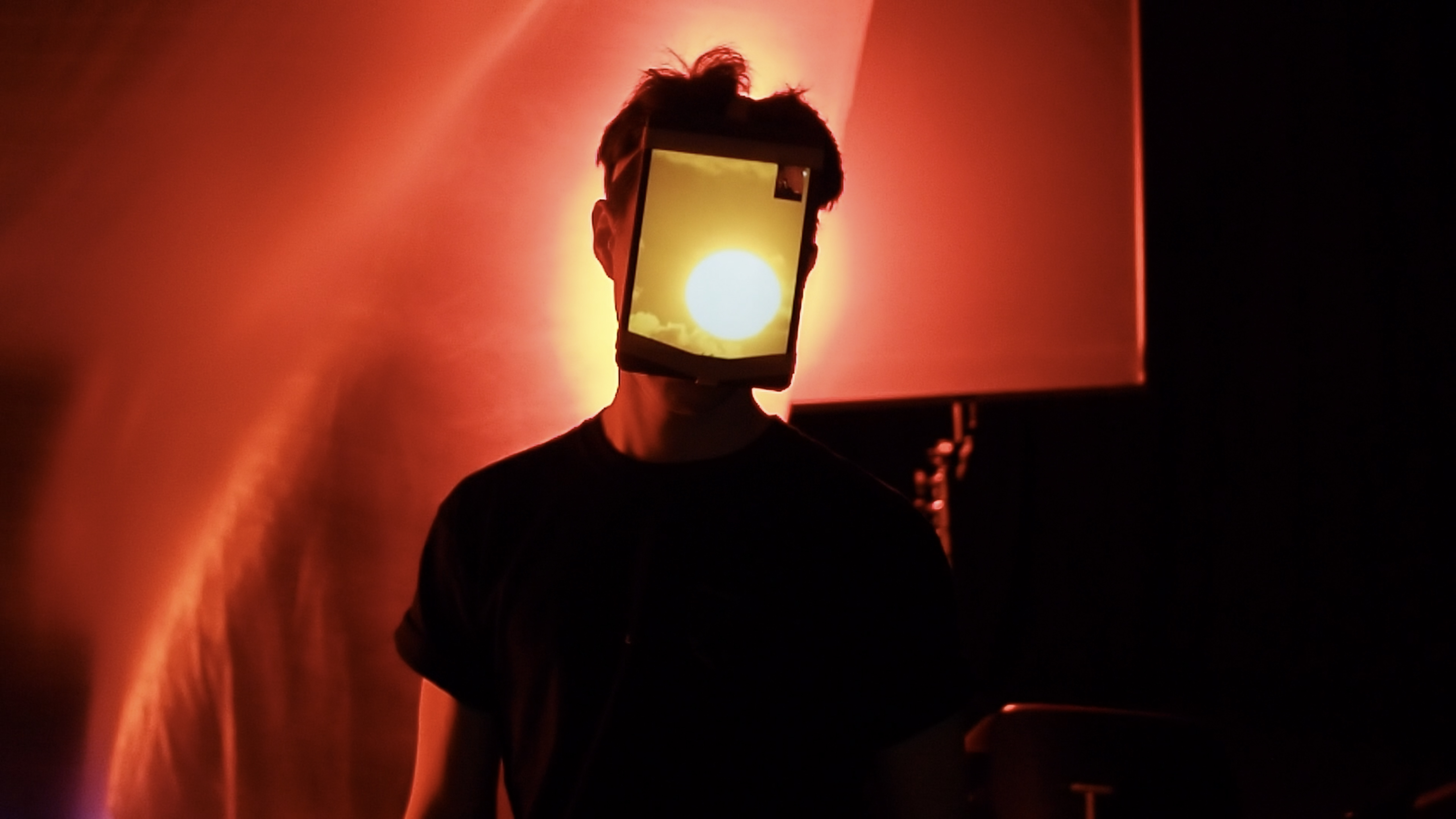
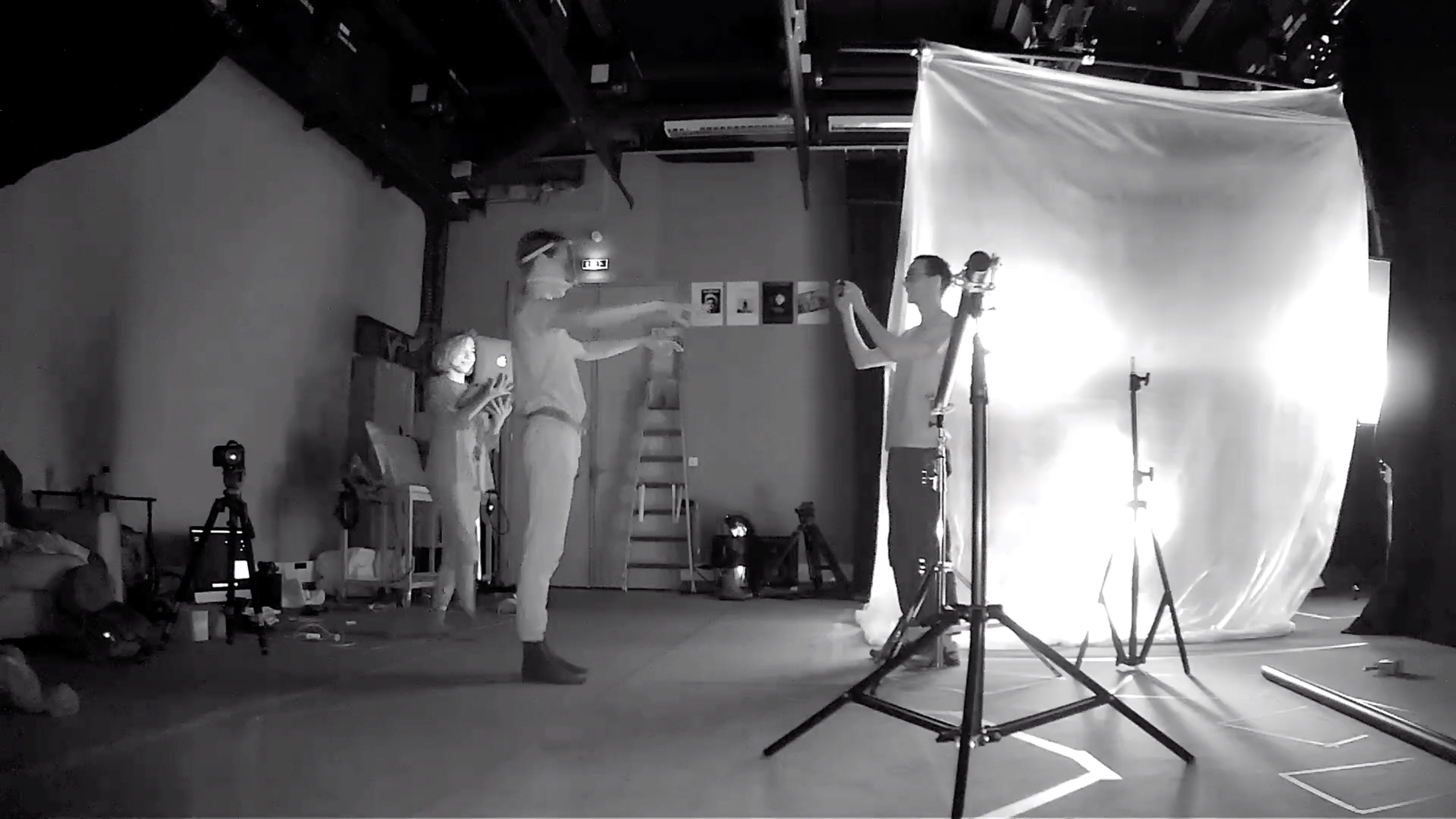
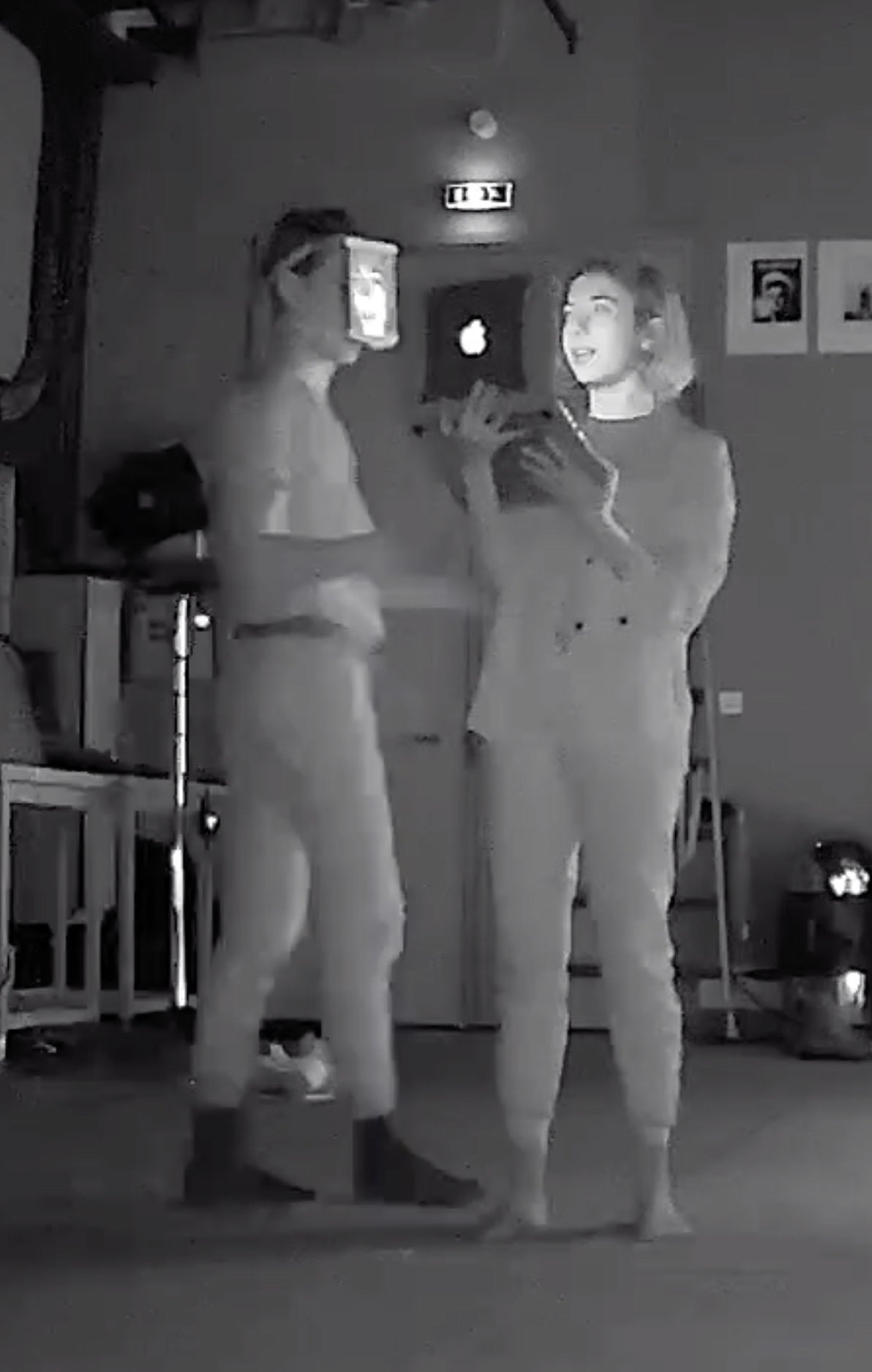
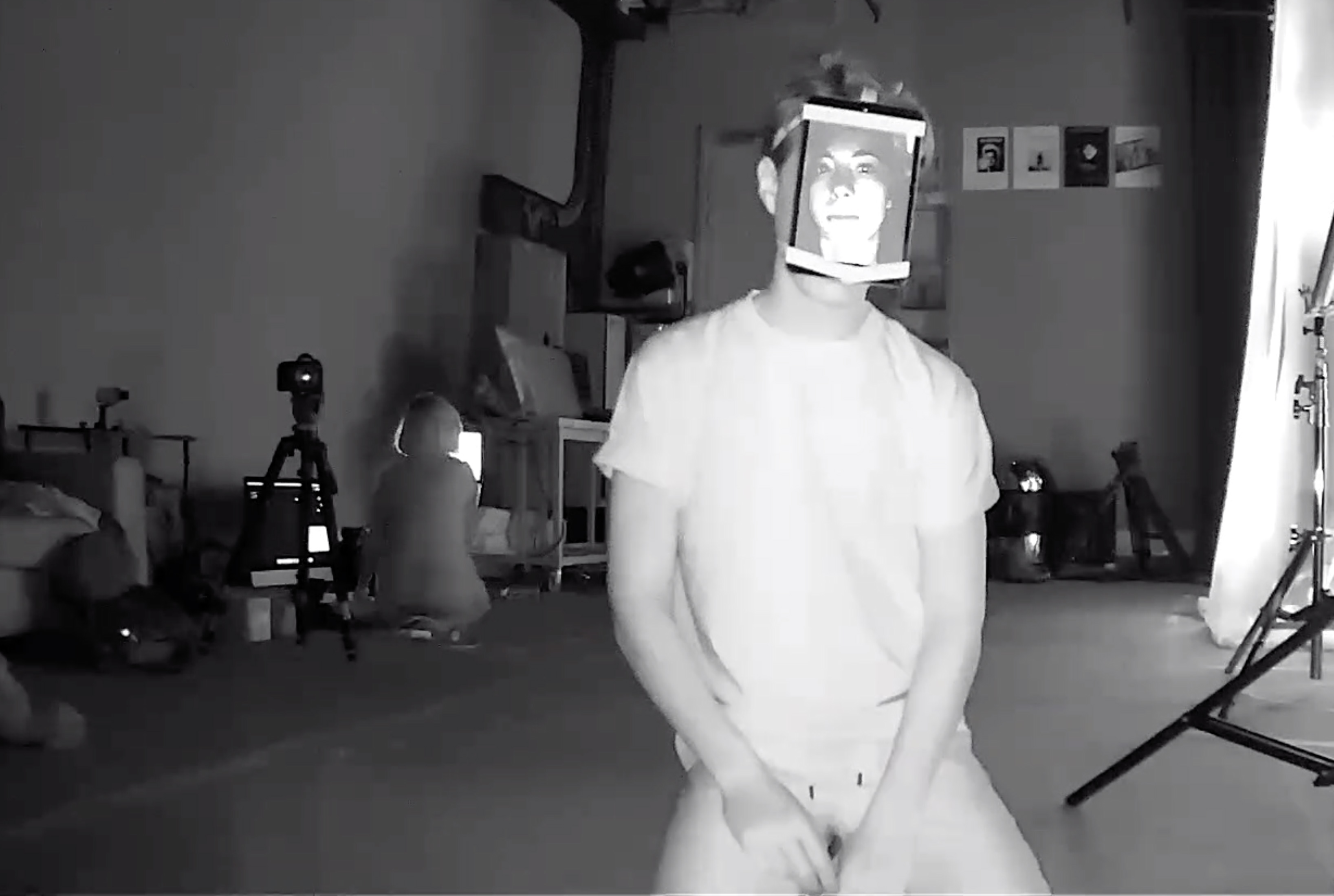
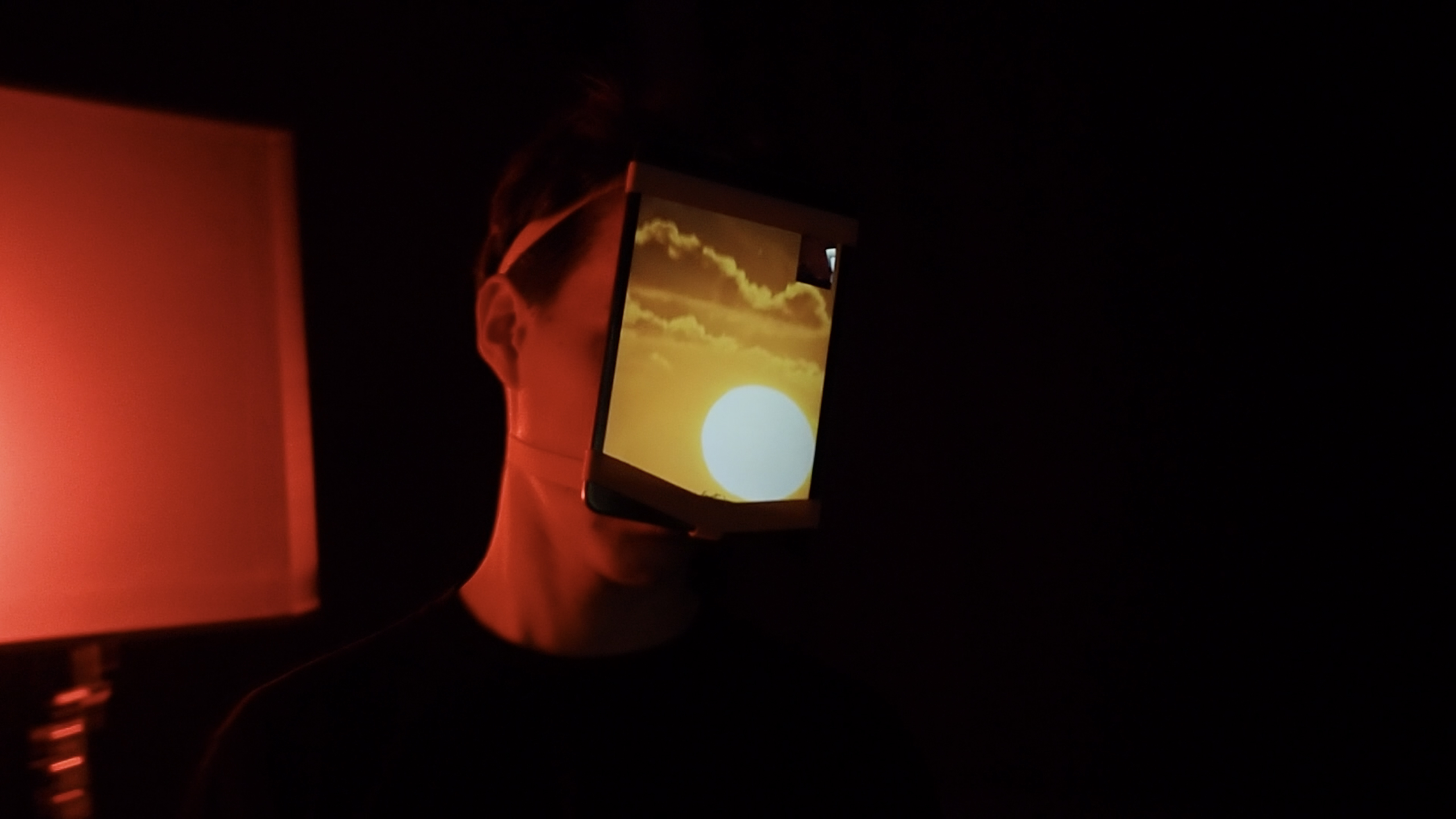



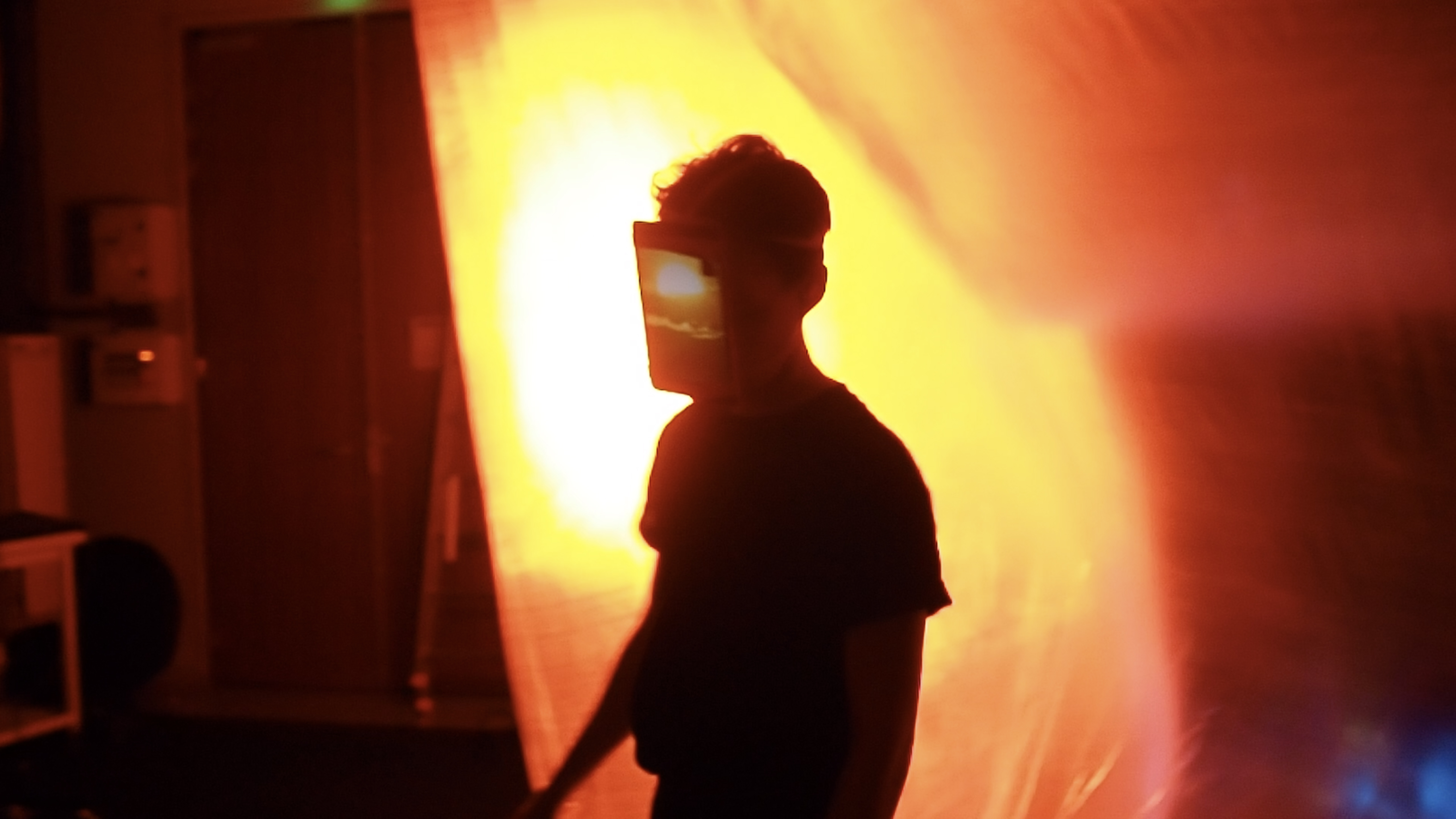
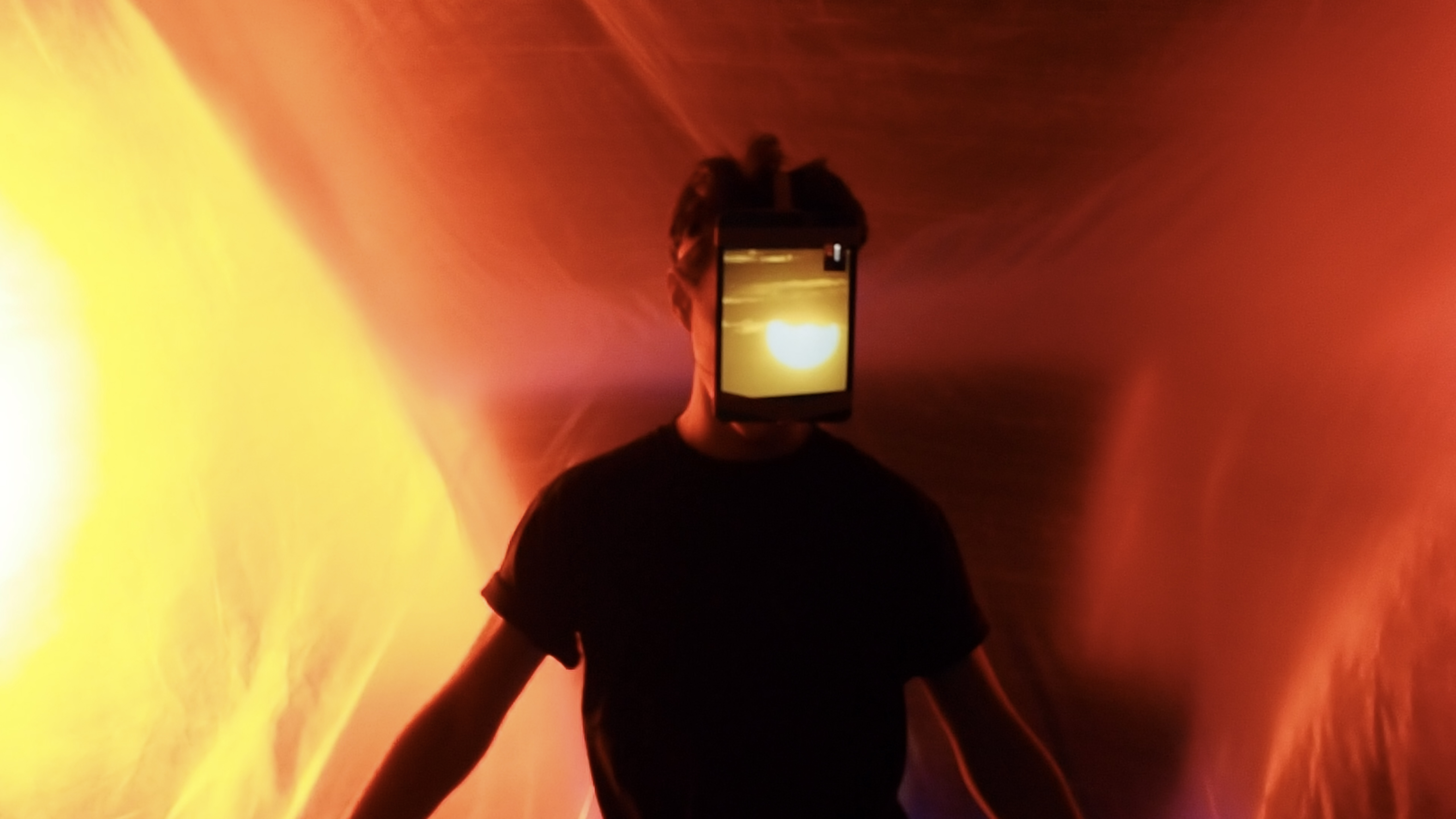



2017-2018
🏡 École Nationale Supérieure des Arts Décoratifs
2018-2018
🏡 Lectures at the National Institute of Art History (INHA), Cité des Arts, and Aix-Marseille University
2019
🏡 Fondation Ricard
🏡 École Nationale Supérieure des Arts Décoratifs
2018-2018
🏡 Lectures at the National Institute of Art History (INHA), Cité des Arts, and Aix-Marseille University
2019
🏡 Fondation Ricard
Dés-œuvres de jeunesse
What happens when an artist invites nine close friends to gather, with the aim of concretely forming a community that had already existed virtually through him?
How can such a group be federated in the absence of a clear, established definition of a common project?
How can arbitrary connections be forged, transforming encounters themselves into a work of art?
How did the members of this collective integrate into a deliberately blurred process of creation, characterized by the refusal of fixation in a predetermined, finished form?
How did the group react to this fundamental désœuvrement—the refusal of definition or prescription—confronting each member with the abyssal exercise of freedom, and their existential need for a framework so as not to collapse into anomie?
To what extent can the continuous capture of everyday moments allow an “ecstasy,” understood as a stepping outside of oneself, outside the stage of daily life?
To what extent does photographic recording become a form of literature of our existences, even their fictionalization?
How is the notion of authorship reconfigured when a team, rather than a single individual, takes hold of the means of production, representation, and interpretation?
And finally, how can this human adventure be rendered, materialized, and shared—this traversal of art by life, and life by art—how can common existence be exhibited?
Dés-œuvres de jeunesse (DODJ), carried out between 2017 and 2019, is the fruit of a reflection on désœuvrement through the exploration of collective creation—particularly by establishing a temporary community without predetermined purpose. Conceived within the framework of my diploma, the project consisted of bringing together ten individuals from diverse practices—writer, architect, theorist, dancer, photographer—to live and create together during an immersive week, delineating a common space.
This experience unfolded both in an emptied video studio at ENSAD and in a former farmhouse in Chinon, thus creating a floating framework where art and life intertwined. A fundamental aspect of Dés-œuvres de jeunesse was the absence of a defined project. We consciously refused to impose any formal framework or clear direction on the process, privileging instead openness, accident, and the unexpected. This refusal of finality—this “non-project”—was itself a form of désœuvrement, where art was not aimed at producing a stable work, but at creating a collective space-time conducive to experimentation and encounter.
The community that emerged did not revolve around a fixed project or an artwork to be accomplished but existed in a state of permanent incompletion, open to the multiple influences of everyday life. By choosing not to set clear objectives, we allowed the experience to remain in motion, transformed by interactions and unforeseen events. Dés-œuvres de jeunesse thus questioned the status of author and artwork in a collective framework, exploring how art could emerge from free interaction, without hierarchy or imposed direction.
During this immersive week, collective moments—meals, journeys, parties—were in themselves potential artistic situations. We implemented a complex system of audiovisual capture (cameras, recorders, infrared sensors) that continuously recorded shared moments of life. Yet this desire for total capture encountered a paradox: despite the technical apparatus, the very essence of these moments—their ephemeral and elusive nature—escaped any complete formalization. This tension between work and non-work, between action and vacancy, between life dissipating and attempts at formalization, was at the heart of our approach.
The project continued beyond the immersive week through various forms of representation: exhibitions, performances, lectures, installations, films—often with the physical presence of participants. Yet these re-presentations never sought to fix the experience but to replay and re-activate it, opportunities to continue ongoing creation. In this way, the variability of the work—its refusal to be reduced to a final product—aligned with the idea of an active désœuvrement, where art becomes an evolving process, inseparable from life itself.
Ultimately, through this project, we explored how art can be a way of rethinking the everyday, reconfiguring spaces of sociability and creation, opening the work to the unpredictable and the unfinished—embracing the very nature of our relations.
Conception and organization: Thomas Vauthier
Co-organization: Fanny Terno
Participants: Théo Casciani, Louise Derisbourg, Kiana Hubert-Low, Albane Monnier, Lancelot Pinta, Fanny Terno, Corentin Laplanche-Tsutsui, Odilon Ottinger, Thomas Vauthier, Cléo Versterpen.